How to get rid of aphids: tips to prevent them from ruining your plants
Need some advice on how to get rid of aphids? Save your roses, houseplants and trees from destruction with these simple tips

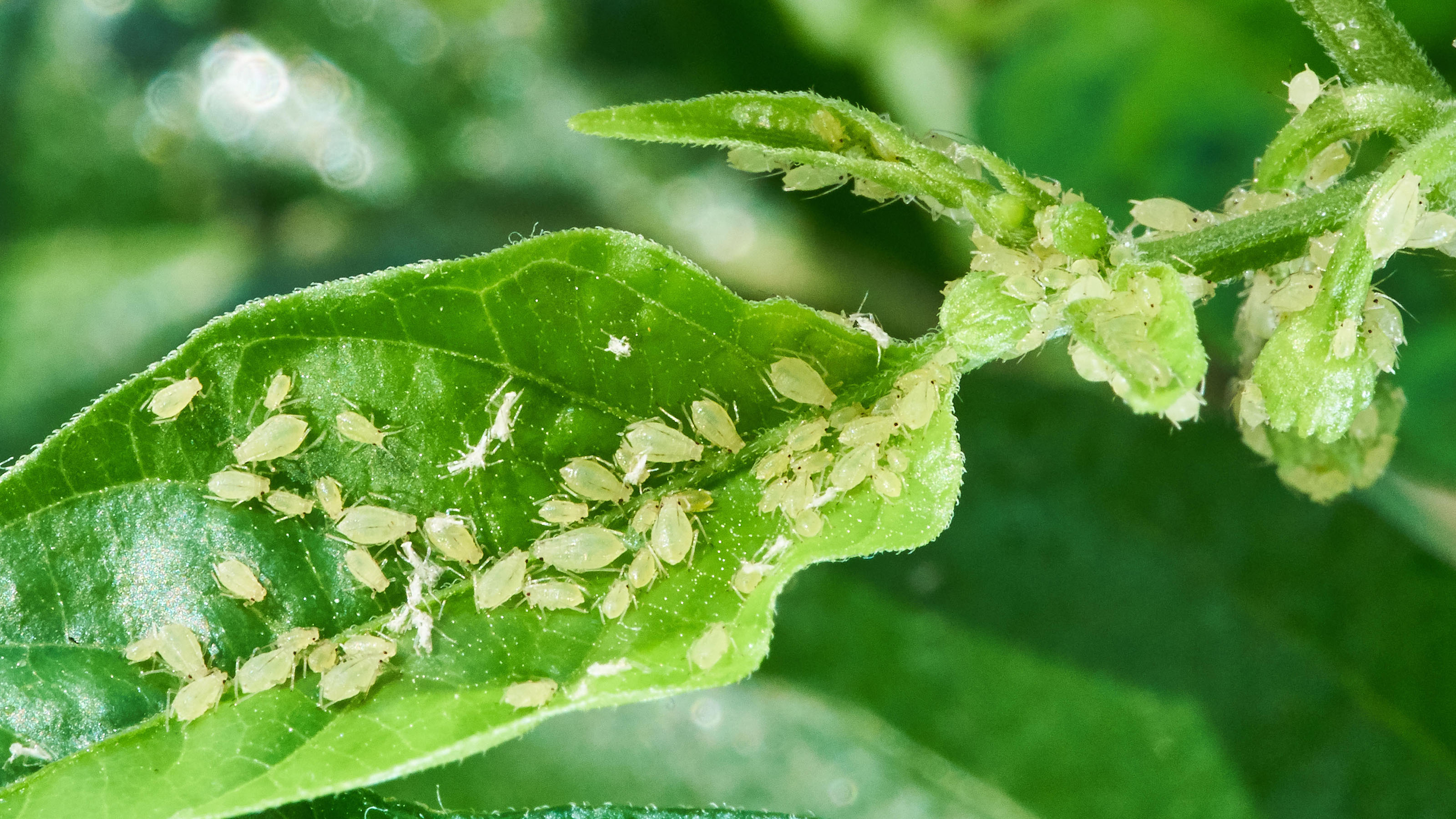
Wondering how to get rid of aphids? If you've spotted them in your garden then you'll need to act fast – they might move slowly, but they multiply rapidly. But, don't panic. We're here to help.
True, aphids may be tiny, but given half a chance they'll swamp your beloved plants and quite literally suck the life out of them. What's more, many types of aphid will leave a sticky coating across leaves, flowers, and stems. This is known as honeydew and encourages the growth of sooty black mold. And, if that's not bad enough, these pesky bugs can also spread plant viruses.
Once your plant has succumbed to an intrusion from these pesky insects it will become weak, with curled or sad-looking leaves. So obviously, you'll want to remove them straight away, or even prevent them from appearing in the first place. We've rounded up some top methods for how to get rid of aphids below. And, if you also need to know how to get rid of ants, we have a dedicated guide on that, too.
What does an aphid look like?
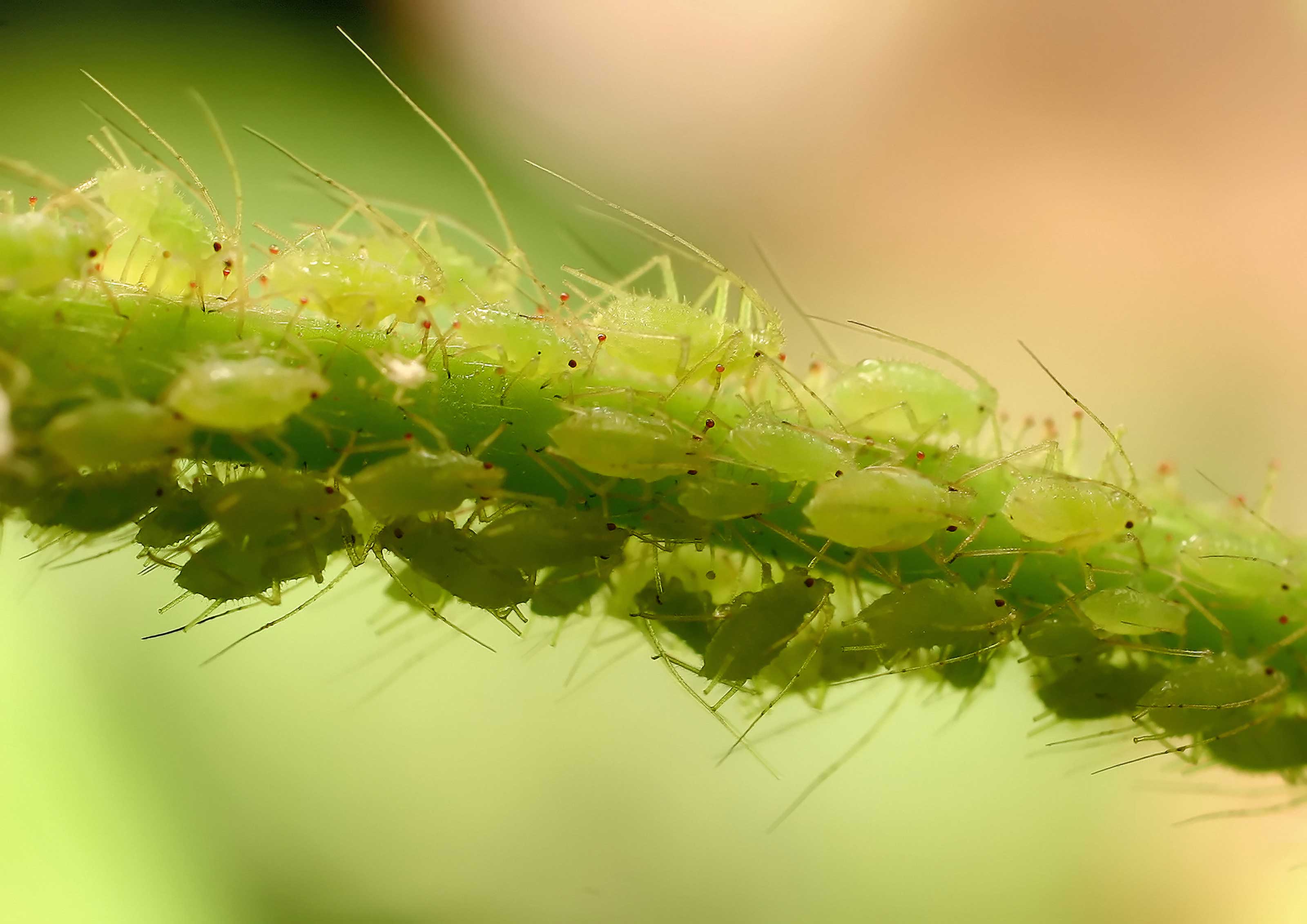
Before you start thinking about how to get rid of aphids, you'll need to ensure that you've identified them properly. This checklist below will help you distinguish them from other bugs in your plot:
- Aphids are pear-shaped and soft-bodied. However, when we say they're tiny, we're not exaggerating. Aphids are around a quarter inch big, and can be almost invisible to the human eye.
- You're more likely to spot them due to their clustering nature – hundreds of them can gather together on the undersides of leaves or around stems. They especially like fresh, new growth.
- In terms of color, aphids are most commonly green or black. However, there are also white, yellow, brown, and even pink varieties. According to the RHS, some kinds, such as the woolly beech aphid, cover themselves with a white waxy secretion. This makes them easily confused with other insects such as mealybug or whitefly.
- Some aphids can cause a plant to create what's known as galls. This is a sort of abnormal growth, found on the tops of leaves, which aphids then make their home.
- If your resident aphids start flying around, don't be surprised. A small percentage develop wings later in the lifecycle with a purpose to colonize new plants.
How to get rid of aphids: 6 easy methods
1. Dislodge them with water
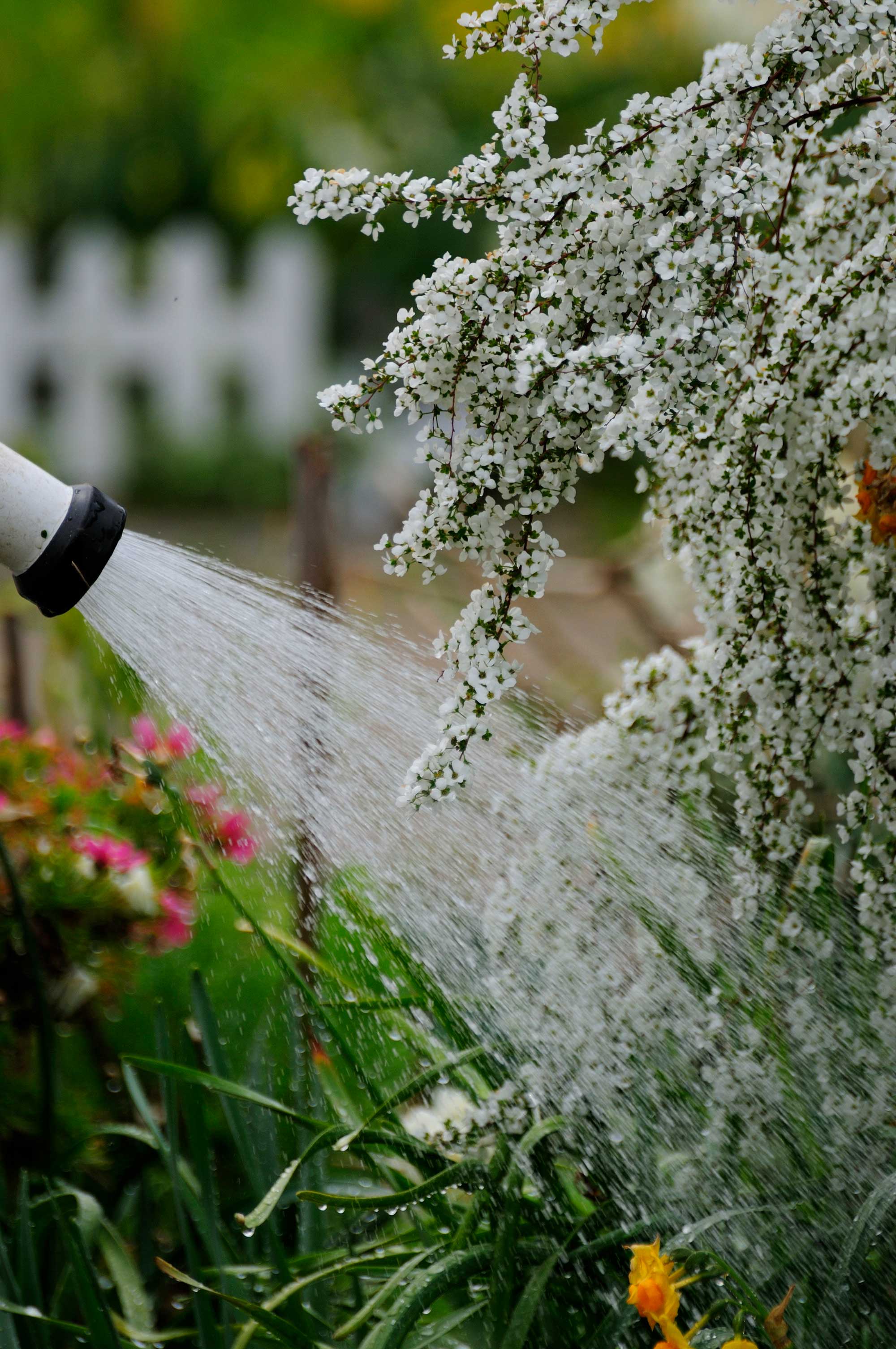
It might sound too good to be true, but a little H2O can be all it takes to dislodge aphids from your plants and send them on their way.
Granted, it might not be the best method for delicate flowers or foliage. But, if you've got an infested tree, shrub, or other hardier plant, then a good blast with one of the best garden hoses can do wonders. It'll knock them off, and as they're slow movers, they generally won't return (plus any winged ones will most likely be too damaged to fly back up).
2. Dust on some diatomaceous earth
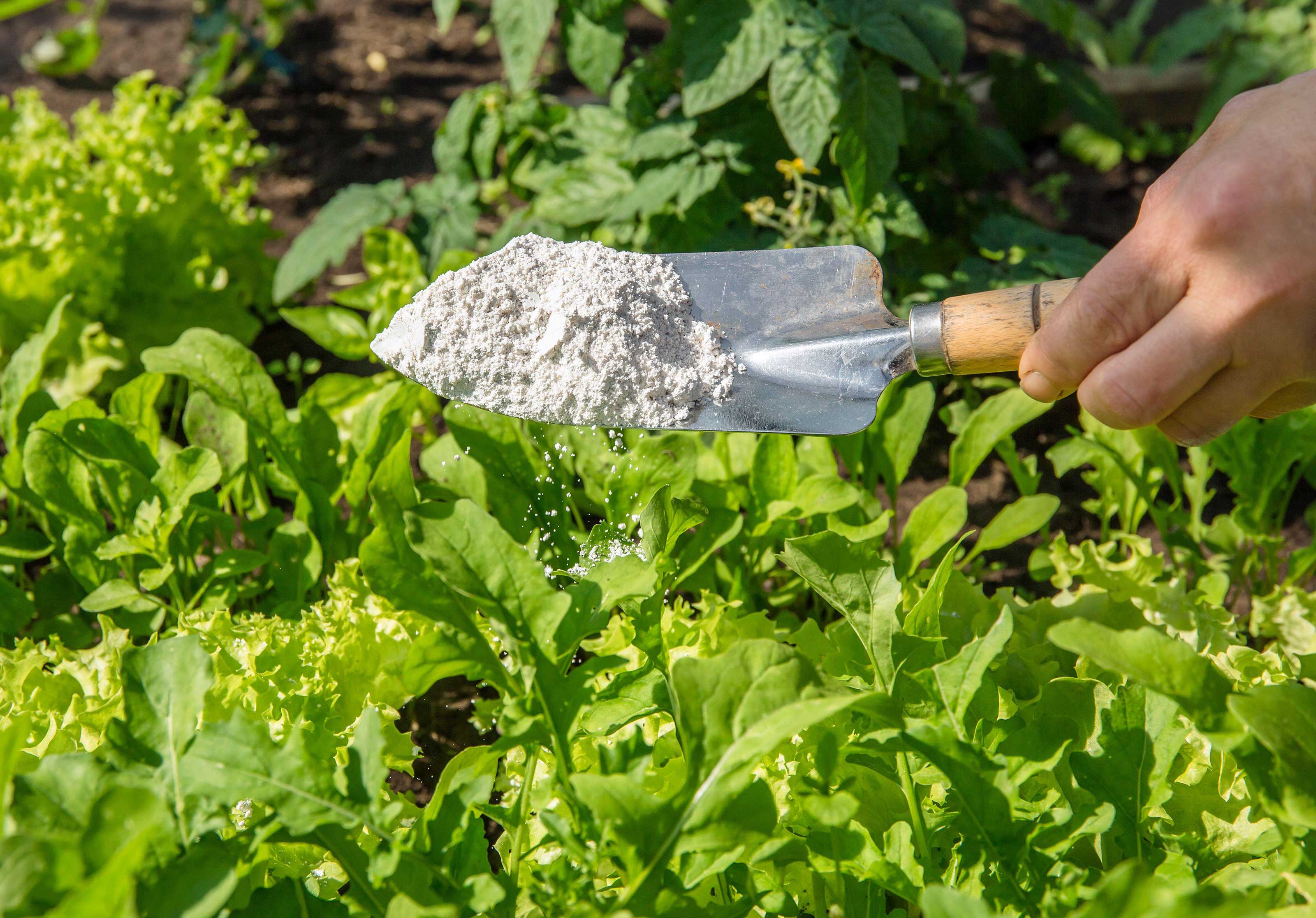
Diatomaceous earth is another natural and non-toxic method which is effective in killing aphids. It's a type of sand, made from fossilized algae. When it comes into contact with insects, it removes the outer coating of their shell. This prevents them from retaining water, which results in them dehydrating.
However, it will harm other insects too, including pollinators and other beneficial bugs. So, it's not the best choice if you're learning how to grow a butterfly garden. Because of this, avoid applying it to your plants when they are in bloom, which is when pollinators will be visiting to feed on nectar.
3. Wipe your plant with soapy water
Another natural approach to get rid of aphids is by wiping them away from your plant (or spraying them) with a diluted solution of soapy water.
Opt for pure castile liquid soap rather than ordinary washing up liquid – the latter can have fragrances and other abrasive chemicals which can hurt your plant. It's also a good idea to test the solution on a small area of the plant first, to check it doesn't react adversely.
You can also buy insecticidal soaps commercially. Reapply every few days for a couple of weeks.
4. Try an organic pesticide
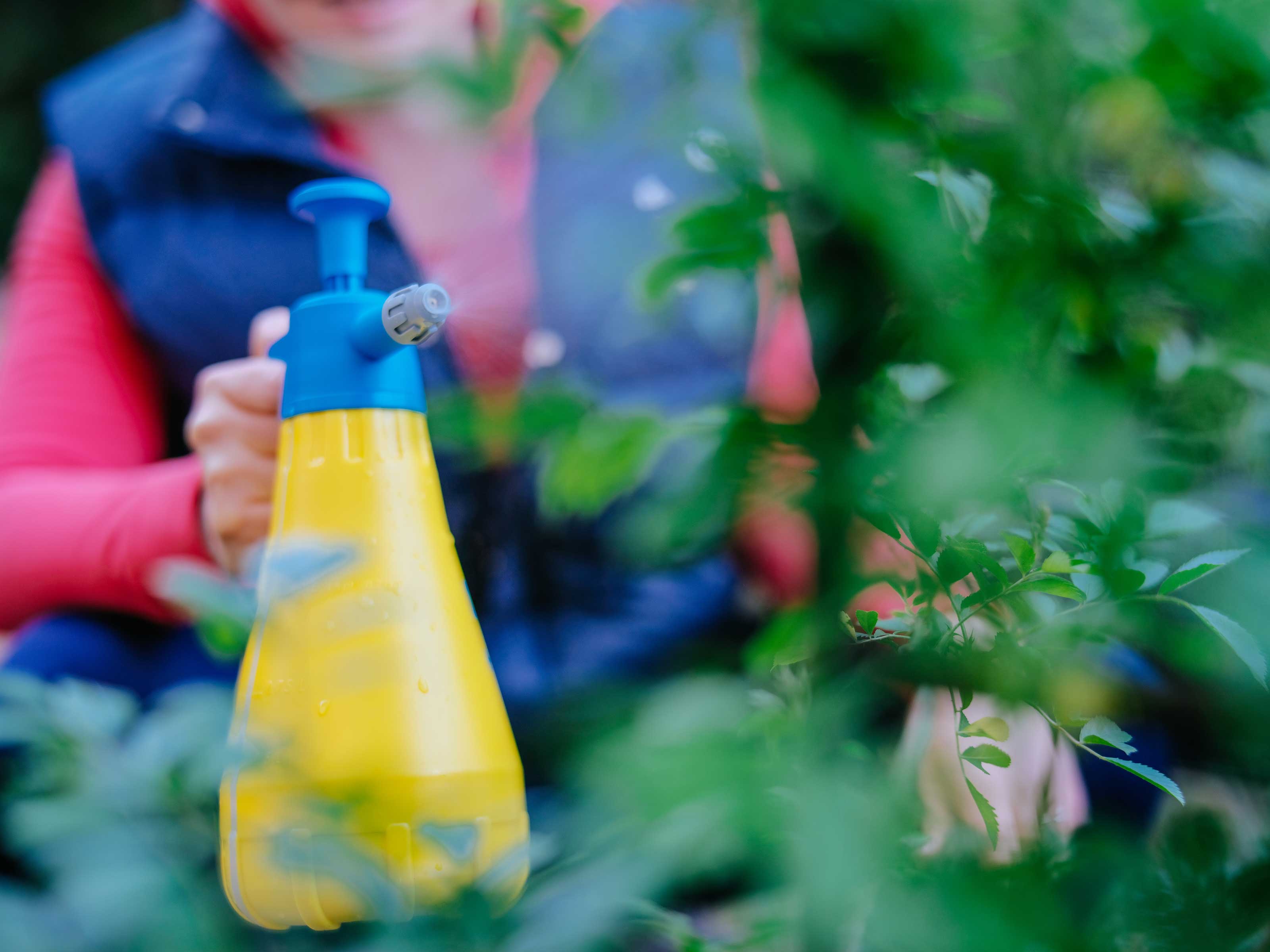
If you're after convenience, you'll be pleased to know that there are also plenty of organic pesticides available to buy – another natural method that's suitable for organic gardening.
The RHS recommends looking for sprays containing natural pyrethrum, fatty acids, or plant oils to achieve a good level of control over aphids. However, they add that such pesticides need reapplying to keep numbers down. Also, bear in mind that they may harm other, more beneficial insects, too.
Even with organic pesticides, be sure to follow application guidelines on the label carefully and keep them out of reach from children and pets.
5. Embrace companion planting
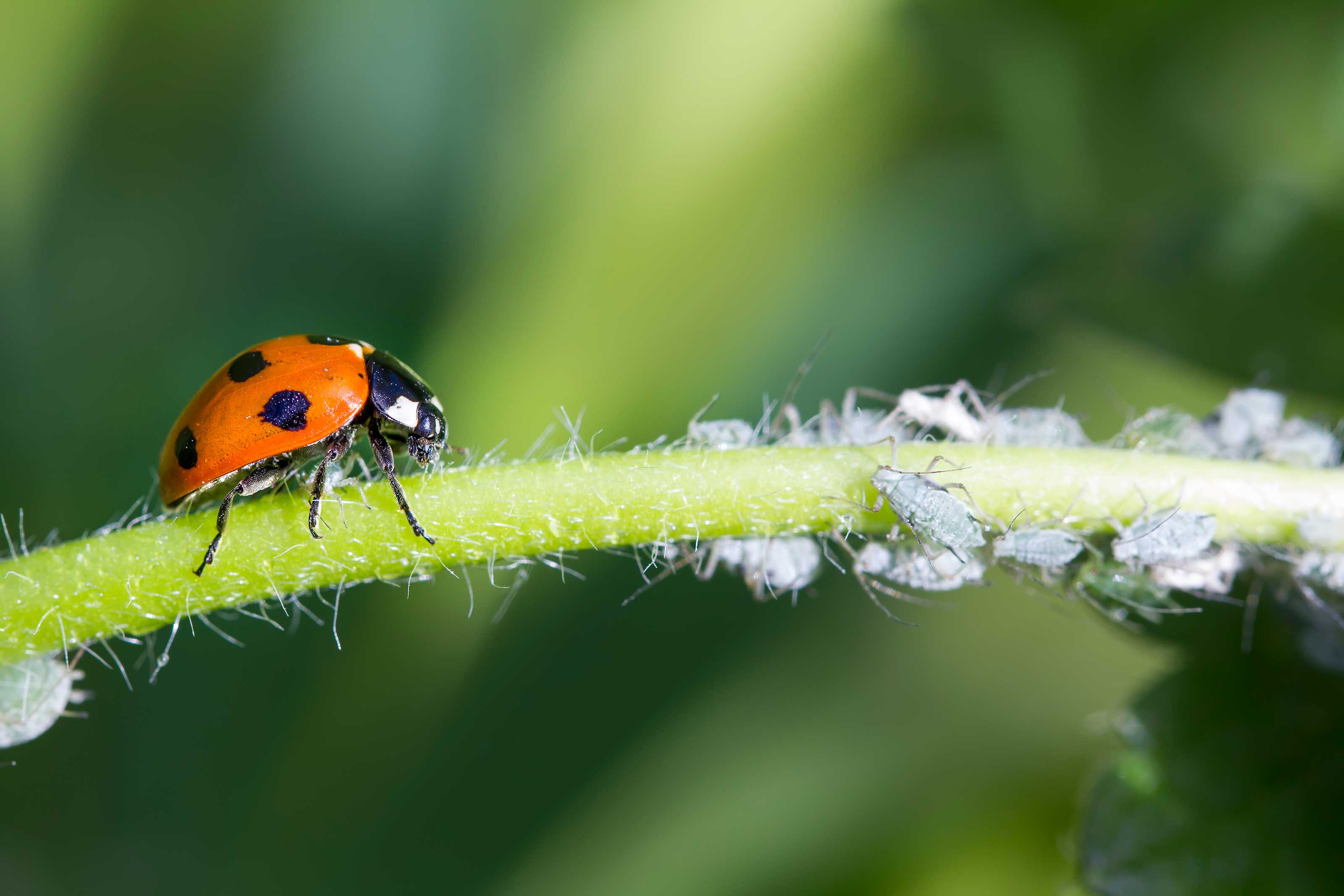
Have you embraced the power of companion planting in your plot? It's an old gardening trick where specific varieties are planted together to mutually benefit each other. This can result in accelerated growth, improved flavor, larger crop sizes, and – you guessed it – less pests. So, a little companion planting know-how can come in useful if you need to know how to get rid of aphids.
For instance, nepeta, garlic, and anything in the allium family will ward them off due to the strong smell, so try planting them in your borders to protect other plants. Aphids aren't the only one with a distaste for onions – if you need to know how to get rid of squirrels in the garden, alliums are a natural deterrent for them, too.
You can also use sacrificial 'trap' plants which distract aphids away from other, more valuable plants. These include annuals such as nasturtiums, mustard, and cosmos.
Finally, if you want to know how to get rid of aphids, you can also grow plants that will attract insects – the good kinds. These will, in turn, eat the pesky intruders. Try fennel or marigold to attract beneficial ladybugs and hoverflies.
6. Make your own pesticide spray using neem oil
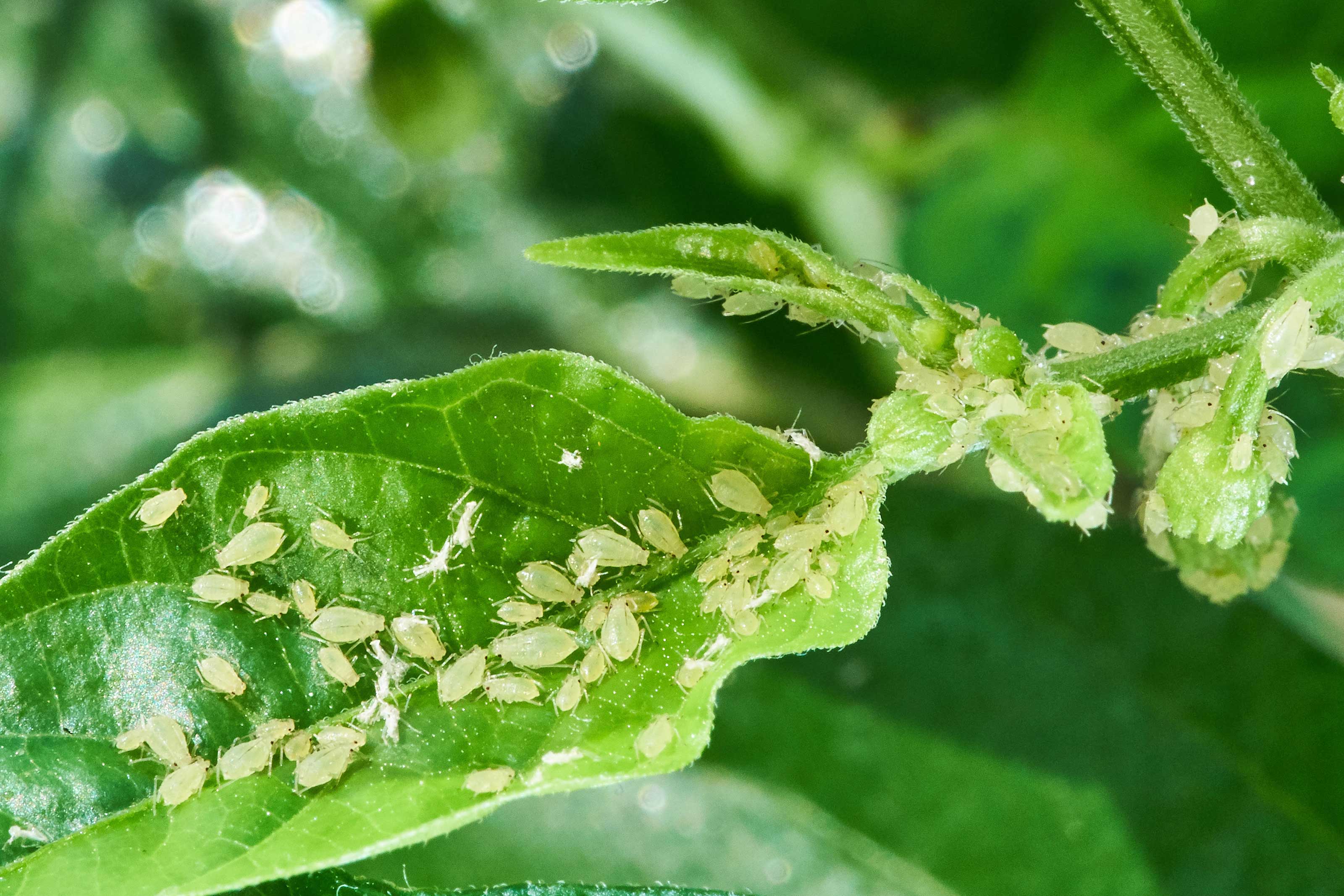
Neem oil is derived from the fruits and seeds of the evergreen neem tree. It is a good natural pesticide and repellent for many insects, including aphids. It is handy if you're wondering how to get rid of ants, too.
Diluted with water, it can create an effective and non-toxic solution for ridding aphids from your plants. You'll need to add a drop of soap to emulsify the solution. Try mixing a quart of warm water with one teaspoon of neem oil and one third of a teaspoon of mild liquid soap or insecticidal soap. Shake it well before spraying onto the affected areas of your plant. As with all DIY concoctions, be sure to test it on a small area in your garden first to check that it doesn’t damage the plants you're treating. Avoid applying it in sunny conditions as the oil can cause the plants to burn.
If you're using this solution over fruit, vegetable, or herb crops, remember to wash them before eating. It's also best to keep essential oils away from pets as they can potentially cause harm to them. And on that note, our guides on the most poisonous plants for dogs and plants that are poisonous to cats will also come in handy for keeping your four-legged friends happy and healthy in the garden.
Need to know how to get rid of carpenter bees, too? There's a slightly different spray that you can whip up with natural ingredients – our guide has all the info.
Do some aphids live in the soil?
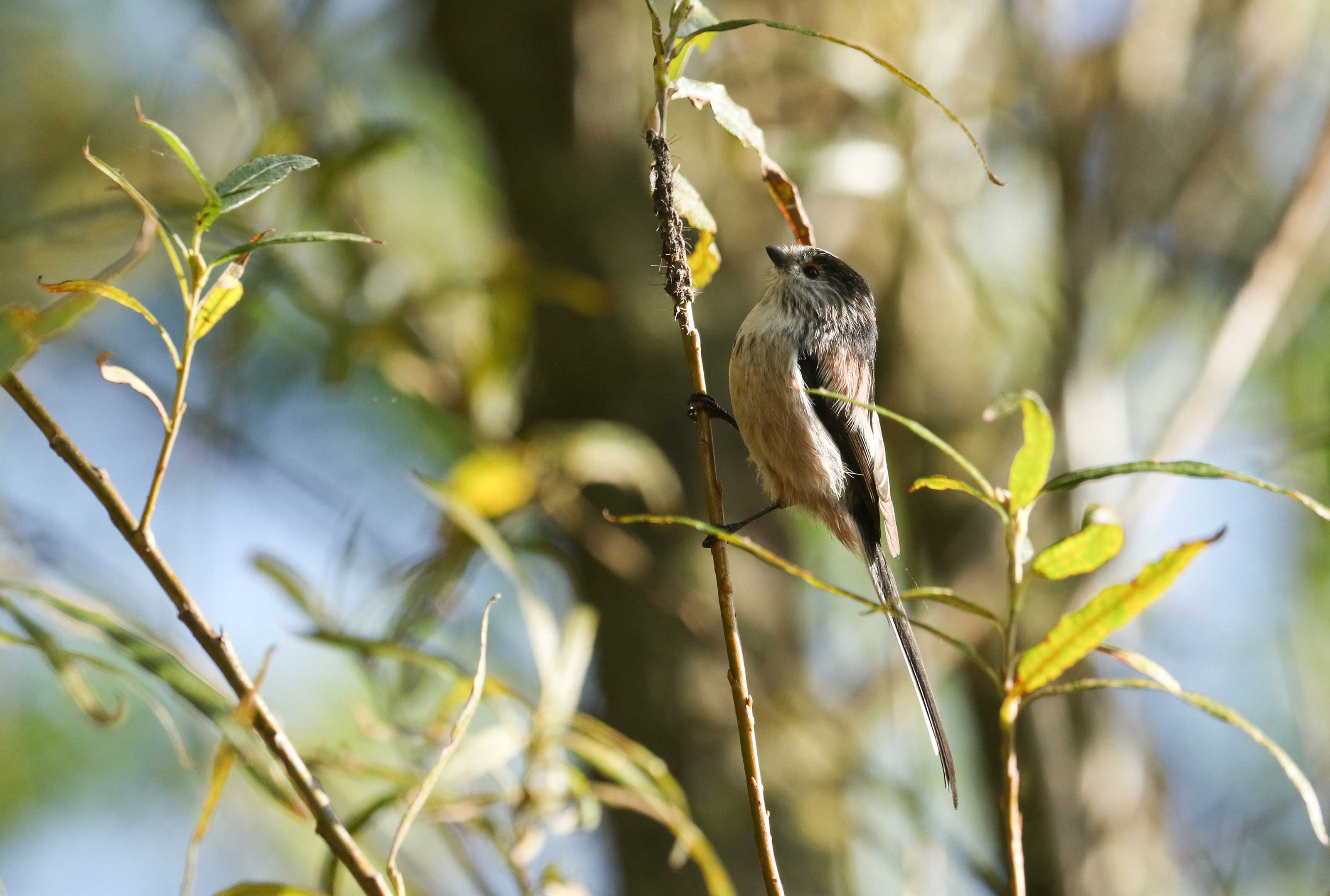
Is your plant looking withered but there's no telltale sign of aphids? If the other conditions are right (it's getting enough water, for example), then there might be what's known as root aphids in the soil.
These look similar to normal aphids, but are mostly white or brown. As the name suggests, rather than feeding on leaves and stems, they suck nutrients from a plant's roots.
They can be trickier to get rid of. Avoid using insecticidal soaps – these are generally ineffective for soil-borne aphids and can end up doing more harm than good to the roots. Instead, try adding beneficial nematodes to the soil. These are tiny parasites which you can buy from garden centers. Although they will attack the aphids, they are harmless to earthworms, pets, and humans. Follow the instructions on the packet when applying.
You can also learn how to attract birds into your garden – some kinds will eat these types of pests, not just from the plant but the soil, too. Plus, they're a lovely way to bring more color and life into your outdoor space.

The garden was always a big part of Holly's life growing up, as was the surrounding New Forest where she lived. Her appreciation for the great outdoors has only grown since then. She's been an allotment keeper, a professional gardener, and a botanical illustrator – plants are her passion.
